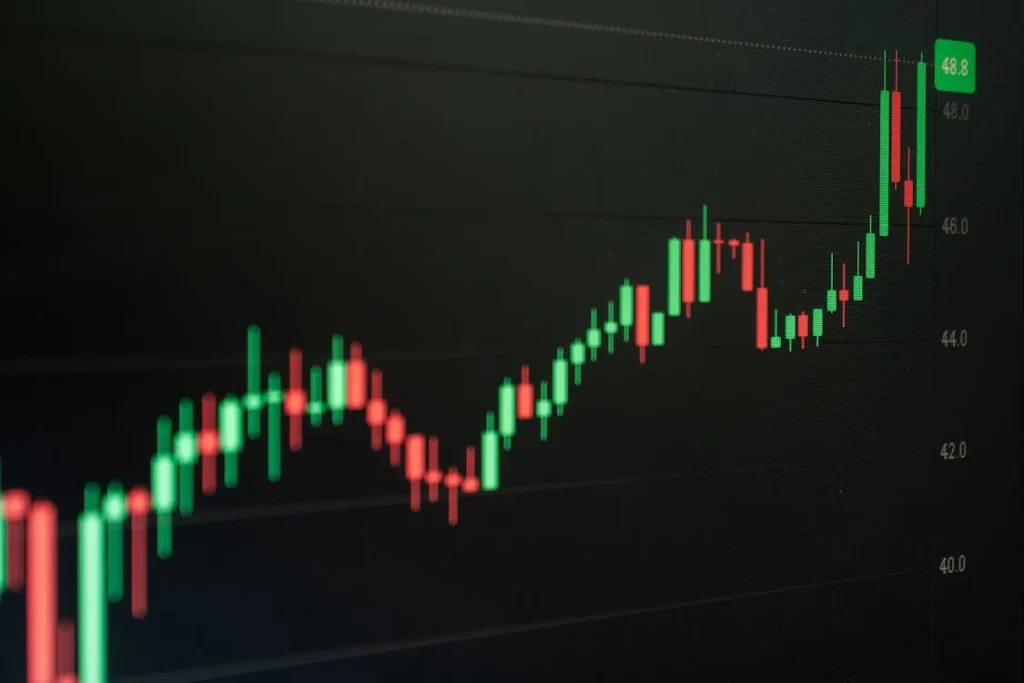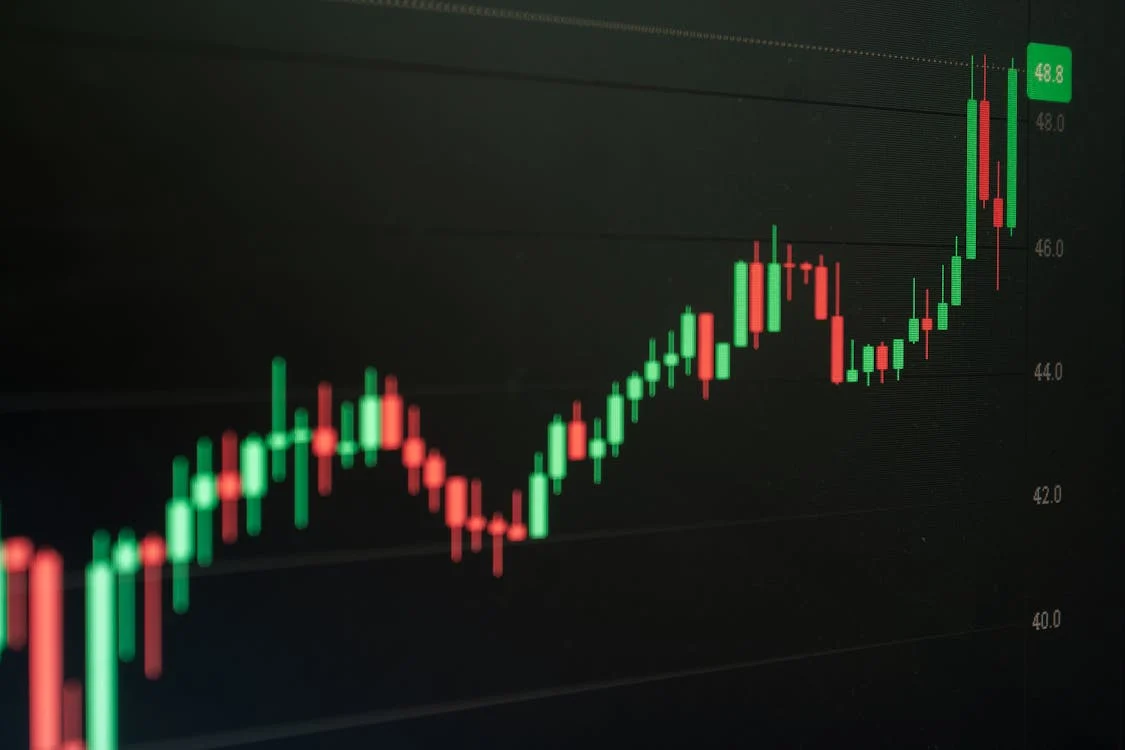Forex Risk Management: The Ultimate Guide to Protecting Your Capital
Risk management is the cornerstone of every successful forex trading strategy. No matter how skilled you are at analyzing charts or predicting economic events, without sound risk management, you will eventually lose. This guide will walk you through everything you need to know to manage risk effectively in the forex market.

Why Risk Management Matters in Forex
Forex trading is a high-risk, high-reward market. The leverage and volatility can multiply your gains, but they can also wipe out your account in hours. Risk management helps you control losses, stay in the game longer, and grow your capital sustainably.
Unlike other professions, trading success is not just about being right. It’s about being smart with your money when you’re wrong — because losses are inevitable.
Core Principles of Forex Risk Management
1. Never Risk More Than You Can Afford to Lose
This is the golden rule. Your risk per trade should never exceed 1–2% of your total trading capital. If you have a $5,000 account, risking $100 (2%) is reasonable. More than that exposes you to account-wiping losses.
2. Use a Stop Loss on Every Trade
Trading without a stop loss is one of the fastest ways to blow your account. A stop loss protects you by closing the trade at a predefined loss level. It’s essential to place it based on logical support/resistance or volatility levels, not emotions.
3. Understand Risk-to-Reward Ratio
Always aim for a minimum risk-to-reward (R:R) ratio of 1:2 or better. This means if you’re risking $50, you should be targeting at least $100 profit. That way, even if you lose half your trades, you can remain profitable.
4. Control Your Position Sizing
Position sizing determines how much you are risking per pip movement. Use a position size calculator and determine lot size based on your risk tolerance and stop loss size. This avoids oversized trades that break your plan.
5. Avoid Overleveraging
Leverage can work for or against you. Just because your broker offers 1:500 leverage doesn’t mean you should use it. High leverage magnifies both profit and loss — and a single misstep can wipe your account if used recklessly.
Advanced Risk Management Strategies
1. Diversify Currency Pairs
Don’t concentrate your trades in one currency. Diversifying across multiple, uncorrelated pairs reduces your exposure to country-specific risks and increases portfolio stability.
2. Use Correlation Awareness
Trading EUR/USD and GBP/USD simultaneously may seem like diversification, but these pairs are highly correlated. If one moves, the other usually does too. Understanding pair correlation helps avoid doubling your risk unknowingly.
3. Limit Drawdowns
Drawdown is the reduction of your account equity after losses. A smart trader sets a max daily or weekly drawdown limit (e.g., 5–10%) to pause trading and re-evaluate rather than chase losses.
4. Maintain Trading Discipline
Even the best strategy fails without discipline. Stick to your risk rules even after a series of wins. Overconfidence often leads to aggressive risk-taking and eventual losses.
Psychological Side of Risk Management
Risk control is not just numbers — it’s deeply psychological. Many traders increase their position size after a few wins or remove stop losses out of fear. Emotional decisions like revenge trading often destroy accounts faster than market moves.
Building emotional discipline is key. Keep a trading journal, log your feelings, and review past trades to recognize emotional patterns and break bad habits.
Tools That Help Manage Risk
- Position Size Calculators – Helps calculate trade size based on account size and stop loss
- Trading Journals – Track your risk exposure and emotional decisions
- Volatility Indicators – Such as ATR (Average True Range) to help place stops logically
- Risk Management Scripts or EAs – Automate safe lot sizing and drawdown protection
Final Thoughts
Risk management is what separates traders who survive from those who fail. With consistent application of smart rules — small risk per trade, correct stop loss placement, a positive risk-to-reward ratio, and emotional control — you put the odds in your favor. In forex, it’s not about how much you make in a day, but how long you can keep trading.




